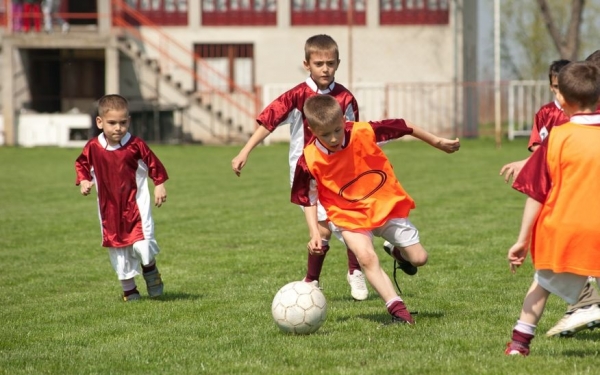Connect With Us
Blogs

Child Care (2)
At Superior Foot & Ankle Care Center, we know that families all over Long Beach, Douglas Park area in California are preparing for that annual back-to-school shoe shopping trip. Of course, we think that the most important item on your list is new shoes. The choices you make for your children’s footwear can increase overall foot health and decrease the risk of injuries and podiatric disorders. Take our true/false quiz below to see how you score on shoe-shopping knowledge.
If I know my child’s shoe size, it’s best to reduce the hassle and order them online.
False—shoe size can vary among different brands and styles. You shouldn’t buy any shoes for your child without having them try them on. You also shouldn’t assume you know your child’s foot size. Children’s feet can increase a half size in as little as four months. It’s best to take your child to a shoe store, have their feet professionally measured, and then have them try on the shoes you are considering buying.
It’s best to shop first thing in the morning while my child is fresh and not cranky.
False—although your child may be in a better mood early in the day, that’s also when feet are at their smallest. Shoes bought then may feel tight later in the day and result in blisters or foot pain. Shop late in the afternoon or after dinner to ensure that shoes will feel comfortable all day long.
There should be some room in a shoe between the big toe and the front of the shoe.
True—about a thumb’s width (half an inch) of space will ensure that your child can move their toes and forefoot comfortably in the shoes. Tight toe boxes can lead to ingrown toenails and foot pain. You should also choose shoes that have firm heel counters, arch support, and a cushioned foot bed.
The podiatrist can offer recommendations regarding shoe styles for my child.
True—our podiatrists, Dr. Victoria M. Foley or Dr. Constance Ornelas will be happy to examine your child’s feet and make suggestions about proper footwear. It’s particularly important that you make an appointment at our Long Beach office if your child has sustained a foot or ankle injury recently or has a chronic foot condition such as flat feet or weak ankles. Contact us by calling: (562) 420-9800.
It’s time for another sports season and we at Superior Foot & Ankle Care Center want to ensure that your child gets a safe start. Below are some do’s and don’ts to help prepare young athletes to have a successful and injury-free season.
Do: start by making sure your child’s feet and ankles are in tiptop shape. Get any lower extremity pain or discomfort checked by our podiatrists, Dr. Victoria Foley and Dr. Constance Ornelas. In addition to assessing the health of your child’s feet, the foot doctor will also revisit the site of any previous trauma to be sure there is no risk for re-injury.
Do: ask the foot doctor about any accommodations necessary for chronic conditions such as plantar fasciitis or weak ankles. The foot doctor may recommend specific shoe styles or a custom orthotic device for your child.
Don’t: allow your child to go from zero to sixty on the physical activity scale. Many injuries, like Achilles tendonitis and shin splints, occur when children go directly from a period of inactivity to intense workouts.
Do: ask the coach a few weeks before the season starts to provide you with stretching and conditioning exercises and suggestions for how your child can gradually build up strength and stamina for their sport.
Do: get the right shoes for the sport your child will be participating in. This may be the single, biggest step you can take to prevent sports injuries. Get feet measured professionally and choose shoes that offer the proper support for ankles and arches.
Don’t: allow your children to wear passed on sports shoes. Shoes do conform to the shape and gait of the person who wears them. Putting your child in someone else’s shoes may do harm to their feet.
Do: check the conditions of the field, track or other surfaces where your child’s practices and games will take place. Speak up if you notice cracked pavement, uneven playing surfaces or fields that have many holes and divets. These can all lead to podiatric and other injuries.
Don’t: hesitate to contact our Long Beach office if your child experiences pain or discomfort in their lower extremities as the season progresses.


